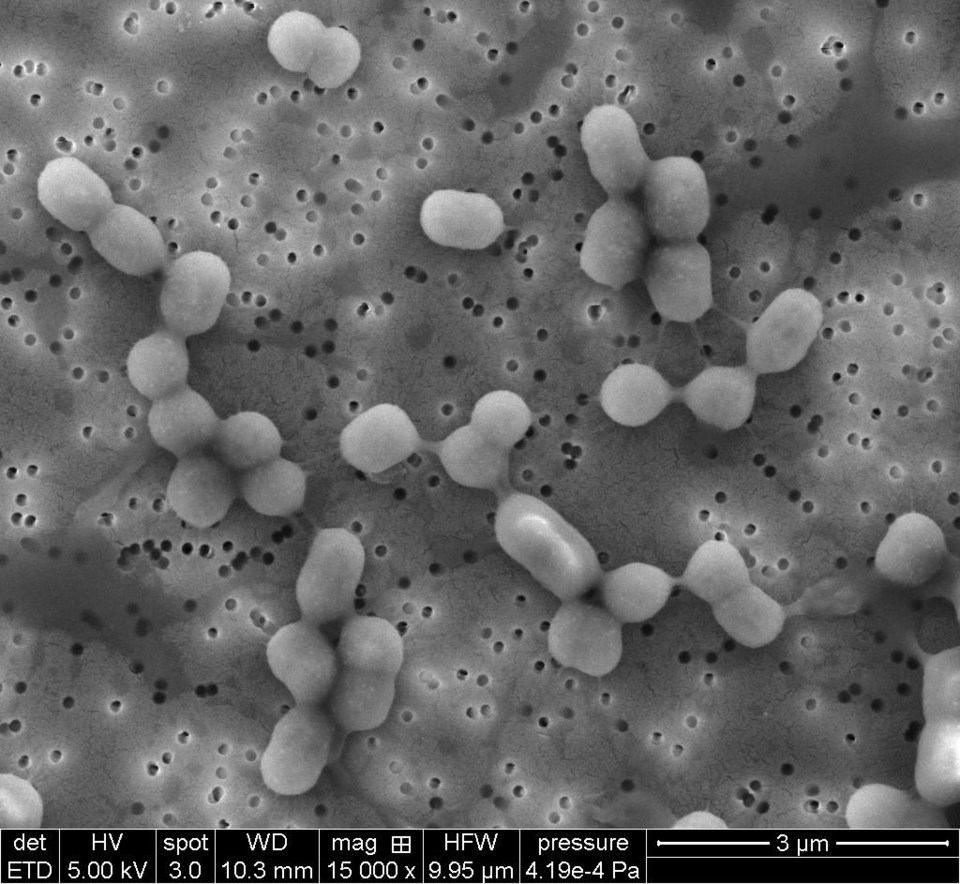Microplastics have been a hot topic in the science world; the omnipresent material we use in water bottles, cheap cutlery, and once upon a time in our straws has a nasty tendency to break down and get into everything.
Science Outreach Athabasca and Dr. Srijak Bhatnaga is part of a team of scientists analyzing Alberta’s microplastics load before and after they travel through six communities: Calgary, Edmonton, Red Deer, Lethbridge, High River, and Athabasca.
Aside from tracking how many microplastics are in the water, the team is also looking at the microbes — microscopic organisms that exist all around us, but are too small to see with the naked eye — that are setting up shop on the microplastics.
“When we think of microplastics, we just think of tiny pieces of plastic. If you think of them as tiny shops that are carrying these microbes, then it makes for a more important part of the story,” said Bhatnagar.
“They could be good microbes that are eating away the plastic, or these could be microbes that are causing diseases and maybe they’re spreading through the plastics to fish, or to us.”
The project comes with strong potential for biotechnology as well, according to Bhatnagar; identifying microbes that sustain themselves off of plastic would be a big breakthrough.
“If they’re making a living on these plastics or say, eating the plastics, that’s good to know and use for biotechnology,” he said.
One of the study’s most surprising discoveries thus far has been in Athabasca. In the other five communities, microplastic loads increase downstream, but in Athabasca they decrease, meaning the plastic is leaving the river.
While the team doesn’t know exactly what is causing the decrease, Bhatnagar has a few ideas.
“Either the microplastic is getting sedimented in, sinking to the bottom of the river, or it's breaking apart even more and becoming smaller and smaller,” he said.



.png;w=120;h=80;mode=crop)